Agrotis segetum
([Denis & Schiffermüller], 1775)
-
 Subfamily: Noctuinae
Subfamily: Noctuinae -
 Wingspan: 30-40 mm
Wingspan: 30-40 mm -
 Flight period: Mar - Nov
Flight period: Mar - Nov -
 Spread: Common
Spread: Common -
 Host plants: Polyphagous
Host plants: Polyphagous
Information
The Agrotis segetum also called Turnip Moth is a moth of the Noctuidae family, subfamily Noctuinae,
with wingspan of 30-40 mm.
Widespread throughout Europe including Iceland *
Its range extends to Africa and throughout Eurasia with the exception of the northernmost parts.
In Italy it is also present in the islands. *
The base color of the front wings of Agrotis segetum is brownish, sometimes with reddish hues,
with darker shaded streaks mixed with black flakes, sometimes completely darker.
It has spots outlined in black, one orbicular and one kidney with a blurred center; faint subterminal line or whitish sprinkle, followed by a darker suffusion.
The hind wings are whitish in color, with dark veins and apex dusted with light brown.
Head, thorax and abdomen are in the background color of the front wings, with a moderate down. **
The adults of Agrotis segetum , flicker from spring until the end of summer and can be seen until November. ***
Flights generally start in April. These adults deposit their eggs in the soil or at the base of host plants.
Bi or trivoltine rarely gives rise to a fourth generation.
It overwinters at the stage of mature larva or chrysalis.
The larvae are typically terricolous and about 40-45 mm long.They begin their activity on the young leaves, then descend into the portion of soil that surrounds
the roots of plants, where they cause the greatest damage by causing erosions to the collar and to the root system in general, in the damage, the underground organs are also included.
The eggs are spherical, strongly knurled. **
The larvae of Agrotis segetum are light gray or greyish ocher in color, sometimes with pinkish hues; dorsal, subdorsal and spiracular lines usually indicated by dark borders, subdorsal head sometimes pale gray, with two brown markings; plate of 2 more or less brown.
The chrysalis is light brown, sometimes with amber shades, shiny. **
The larva is polyphagous and feeds on many plant families.
* Lepidoptera mundi https://lepidoptera.eu/ - Fauna Europea https://fauna-eu.org/
** Bestimmungshilfe für die in Europa nachgewiesenen Schmetterlingsarten - http://lepiforum.de/
*** Roland Robineau, Guide de papillons nocturne de France, Delachaux et Niestlé, 2011 p. 158
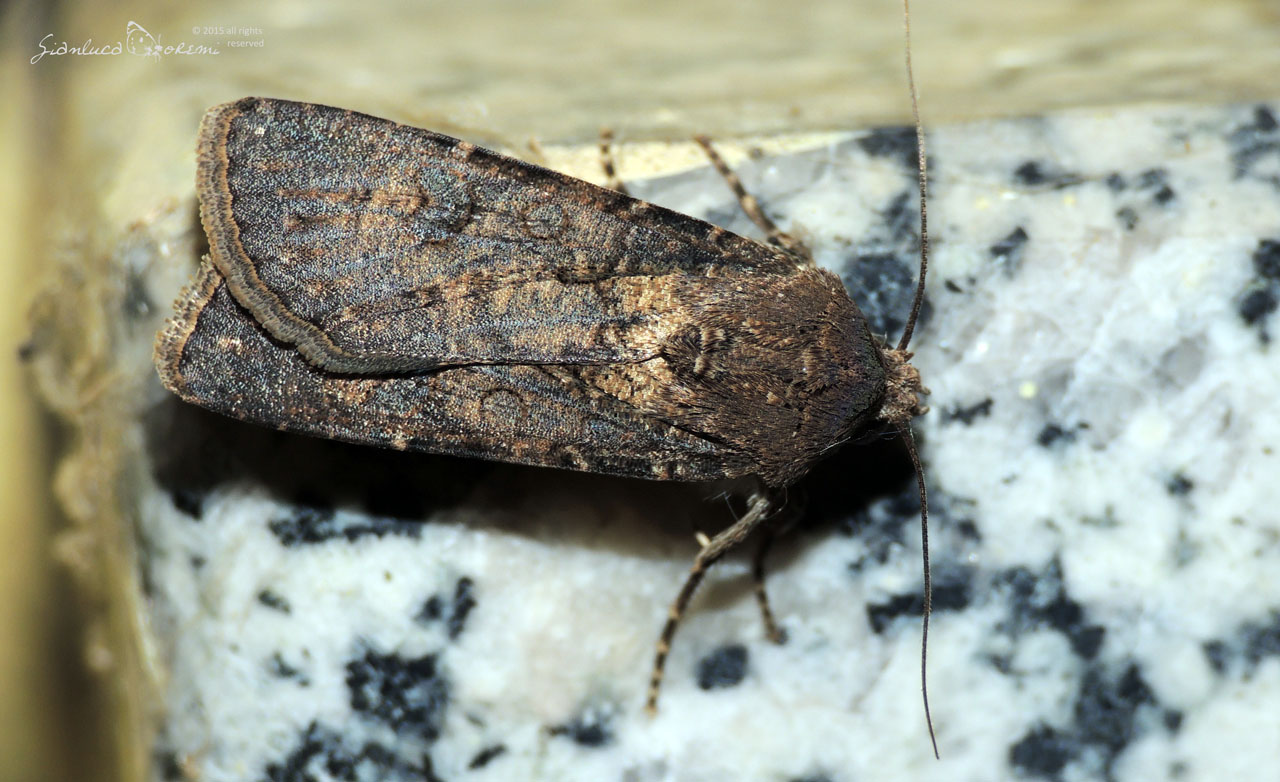
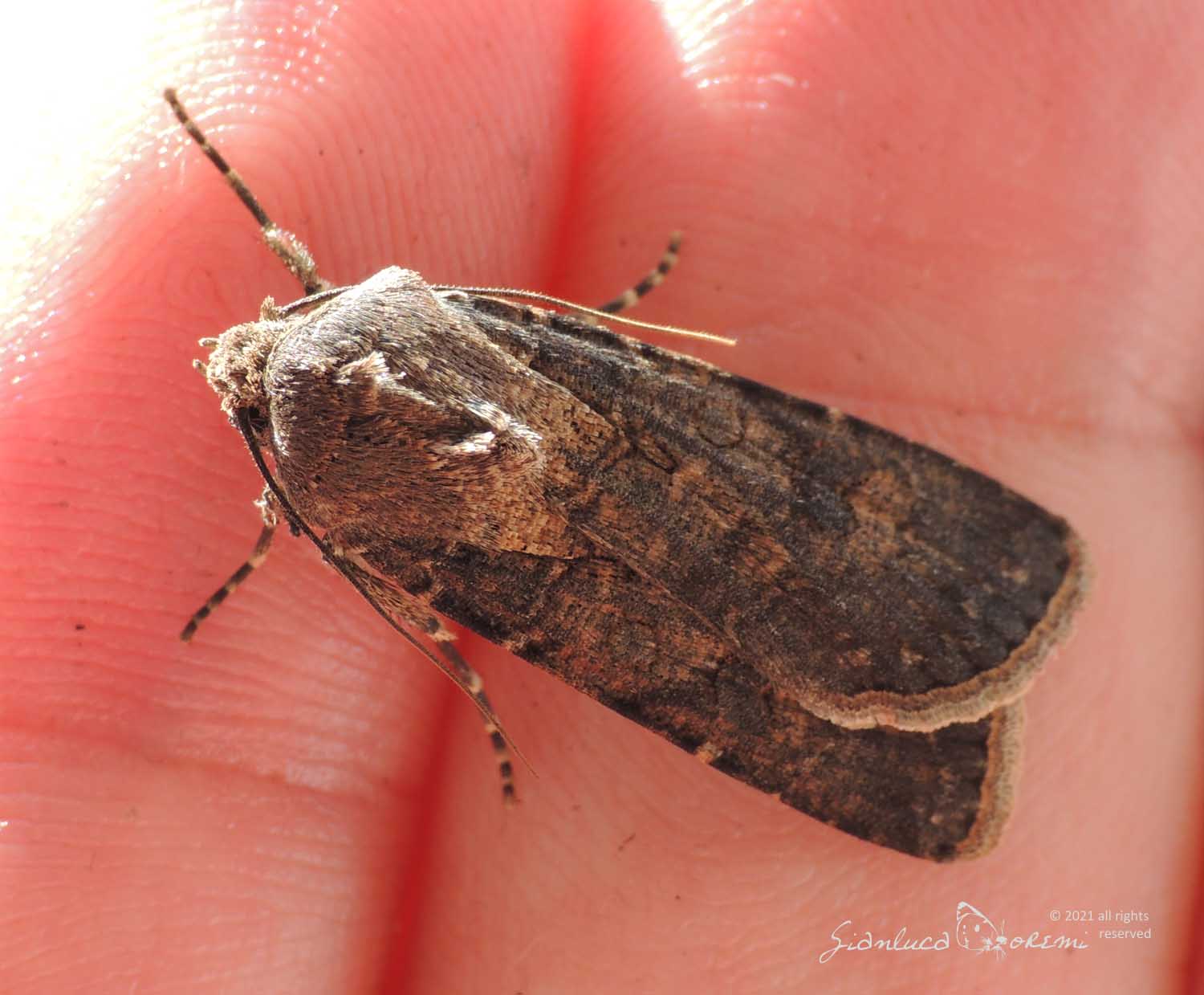

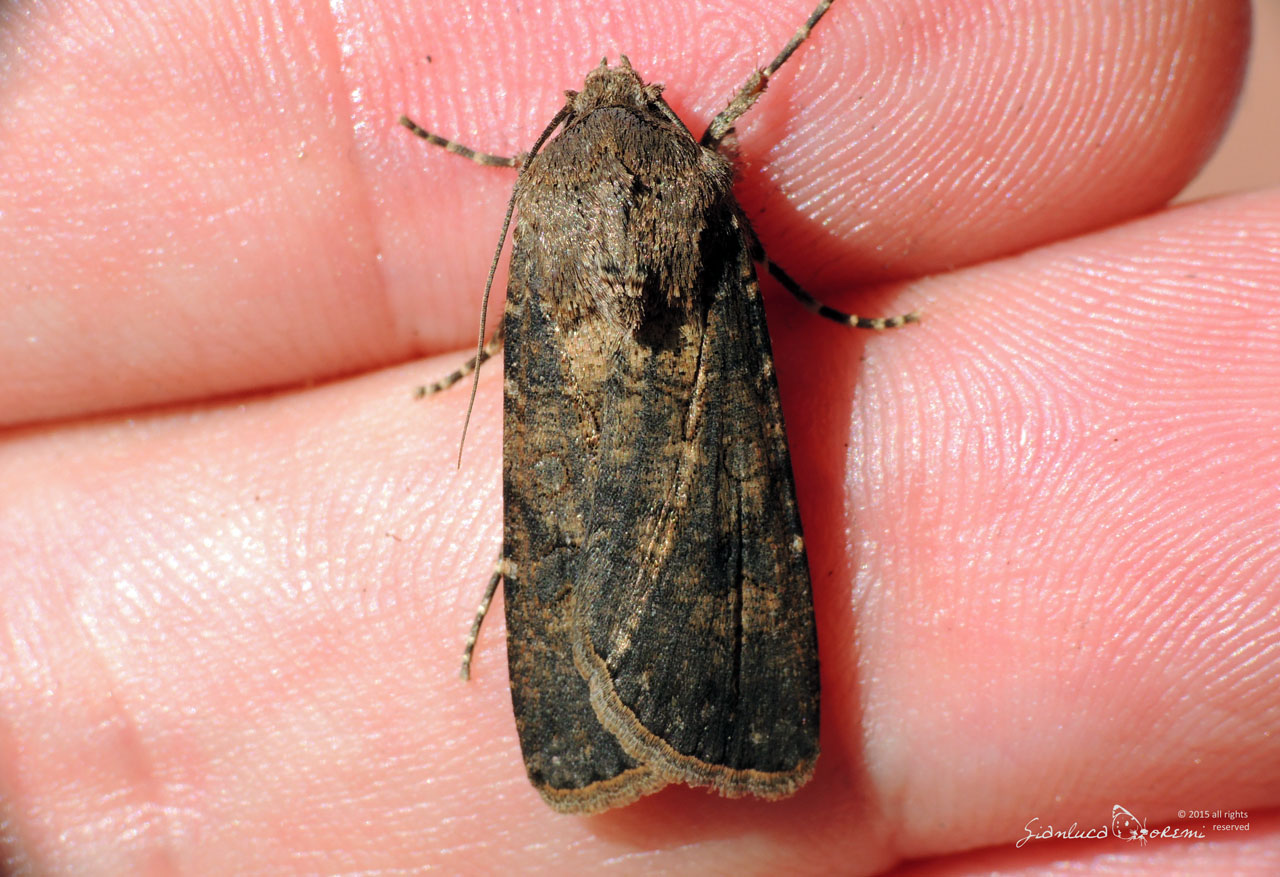
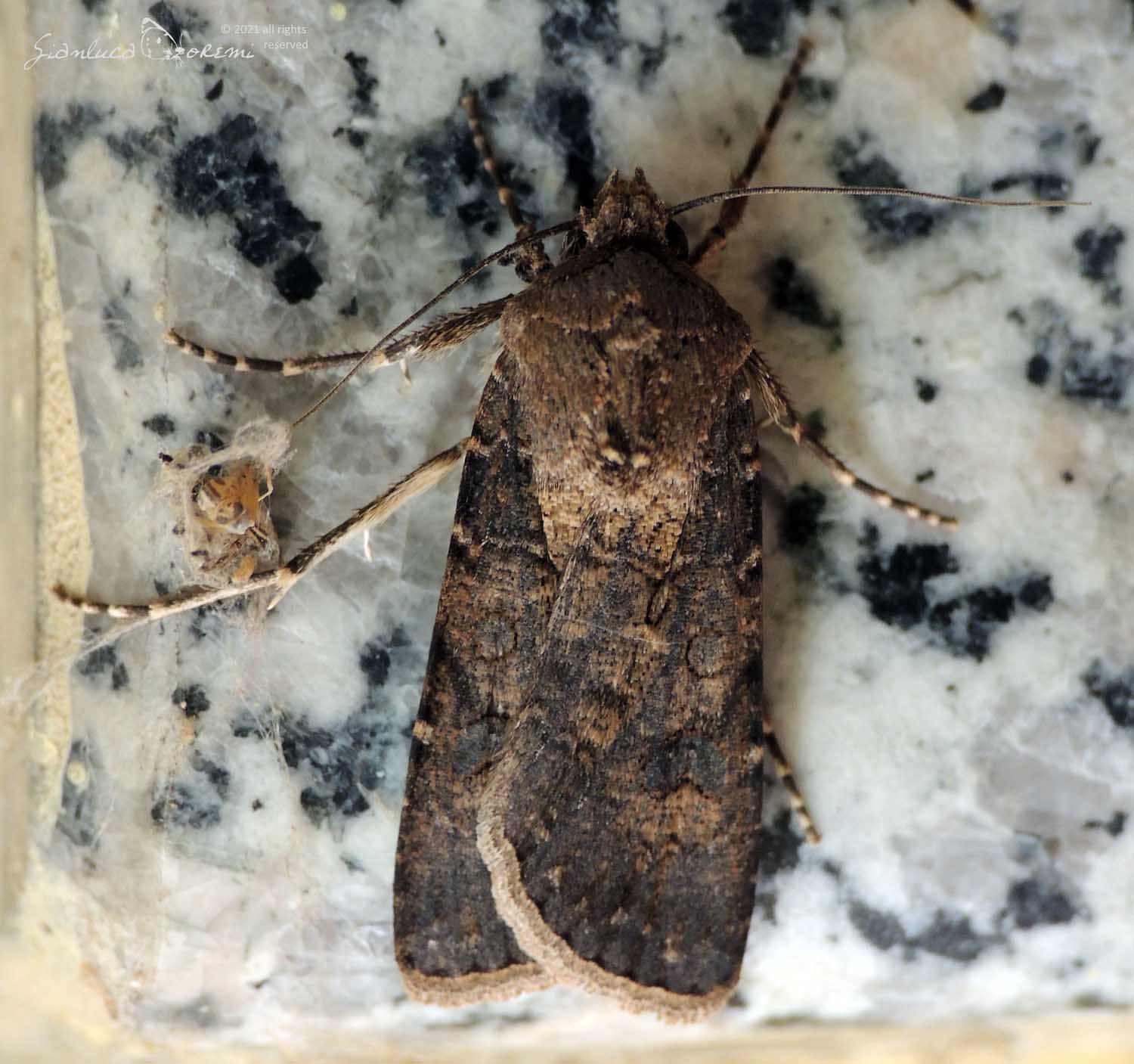

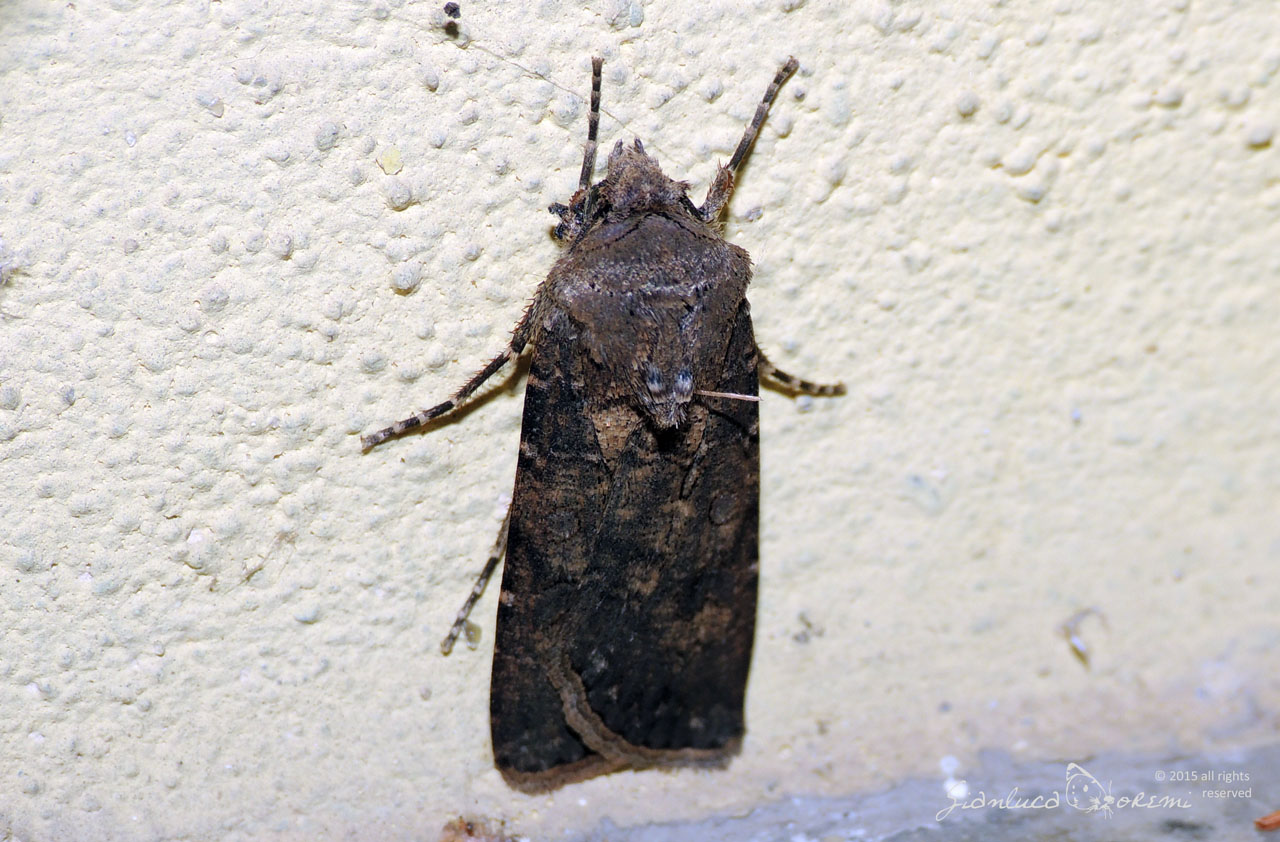
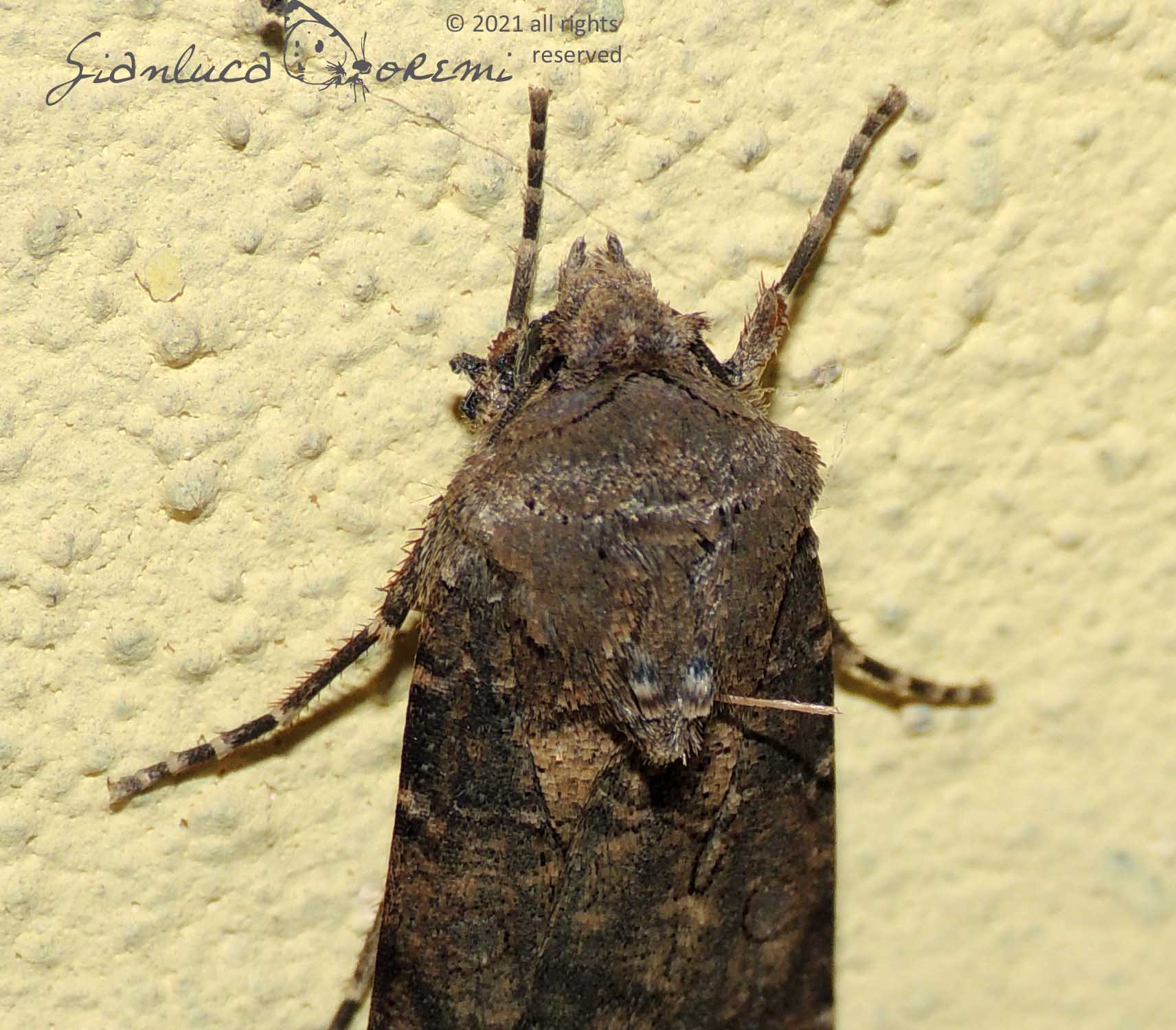
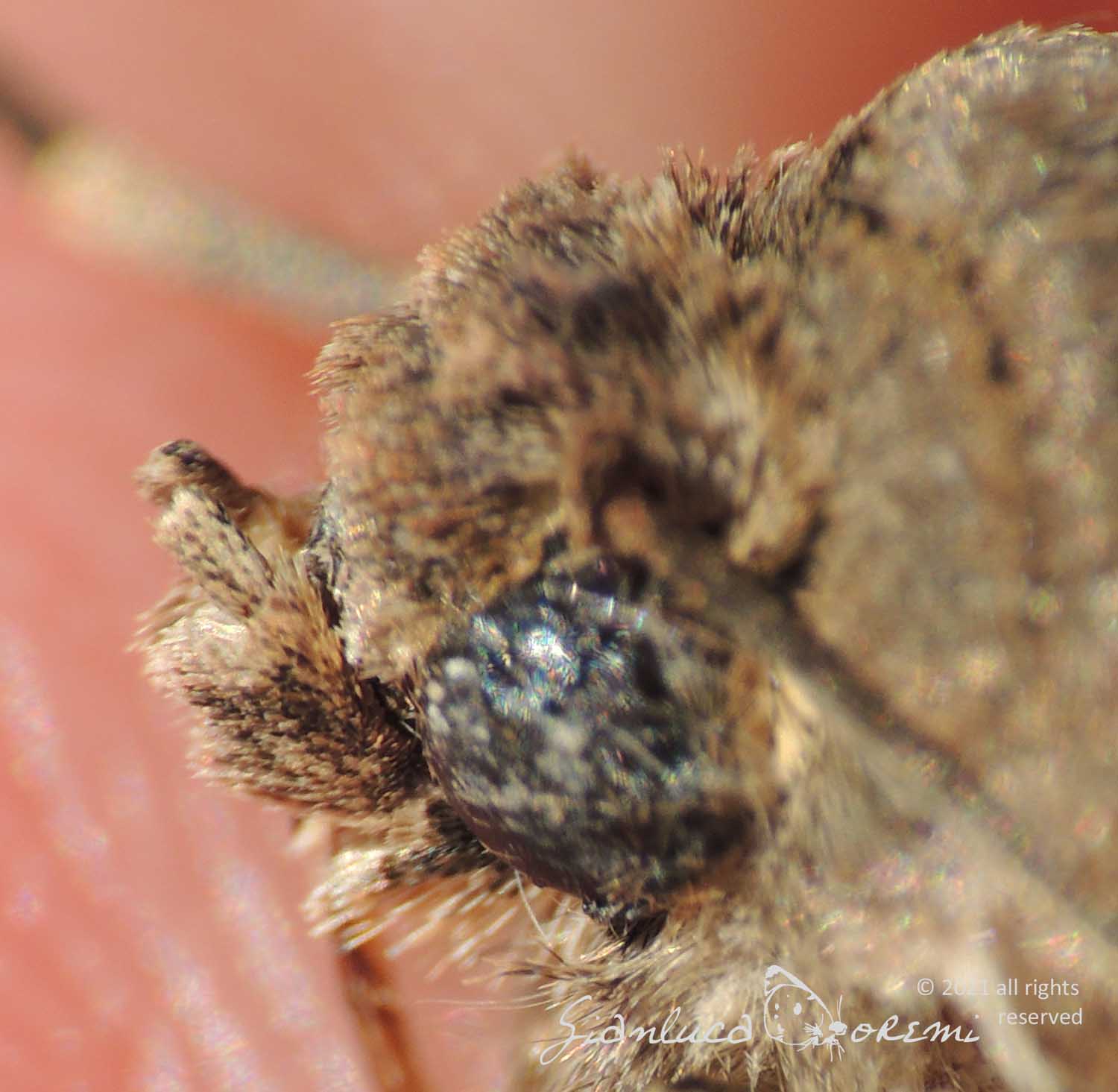
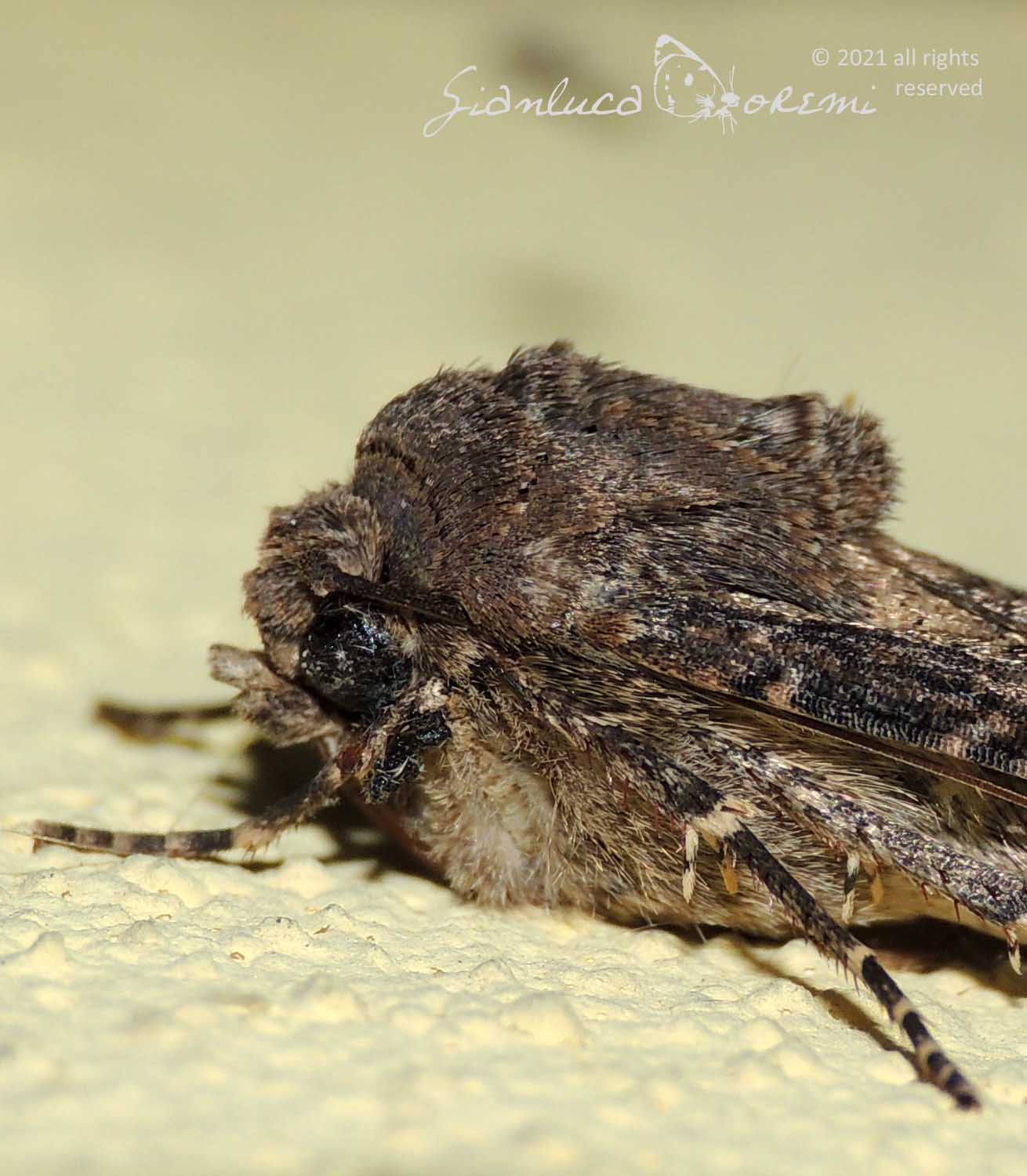
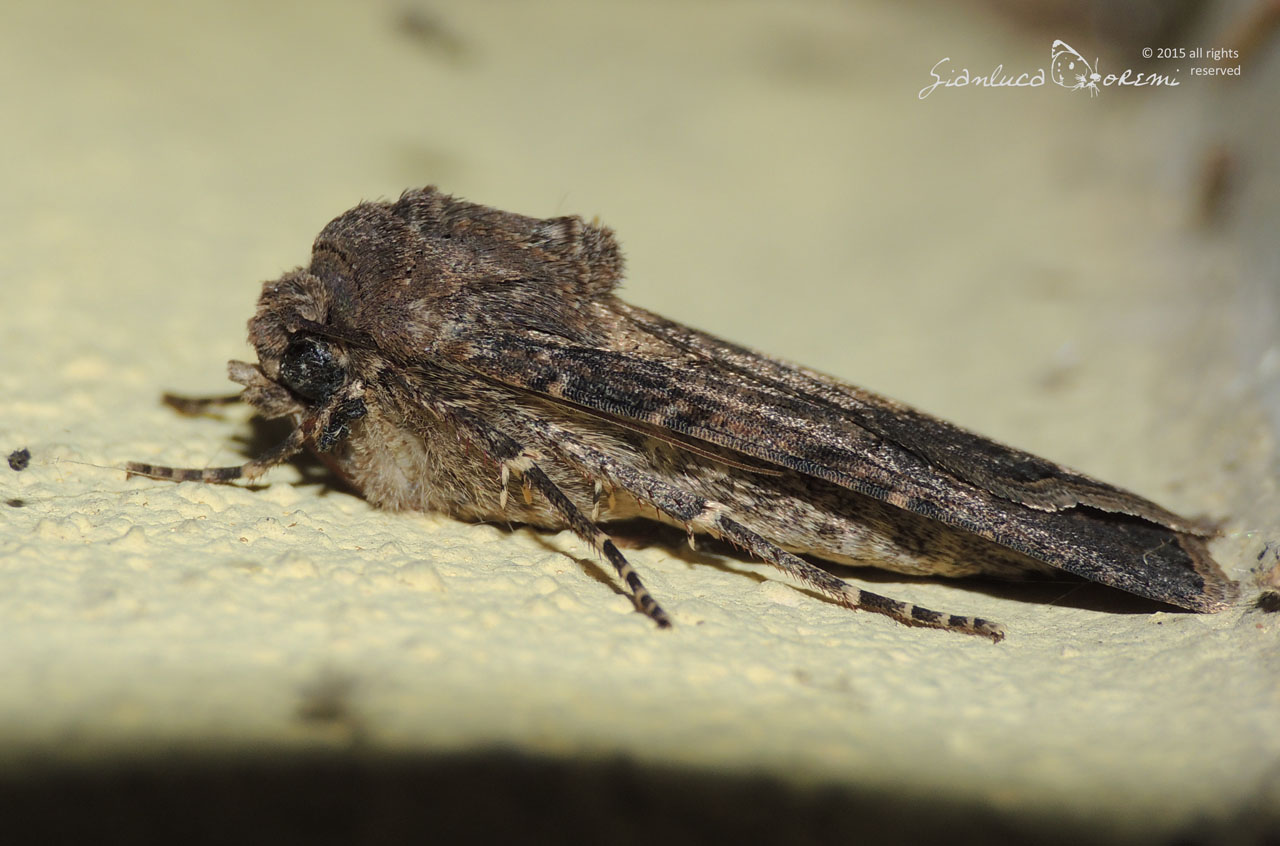
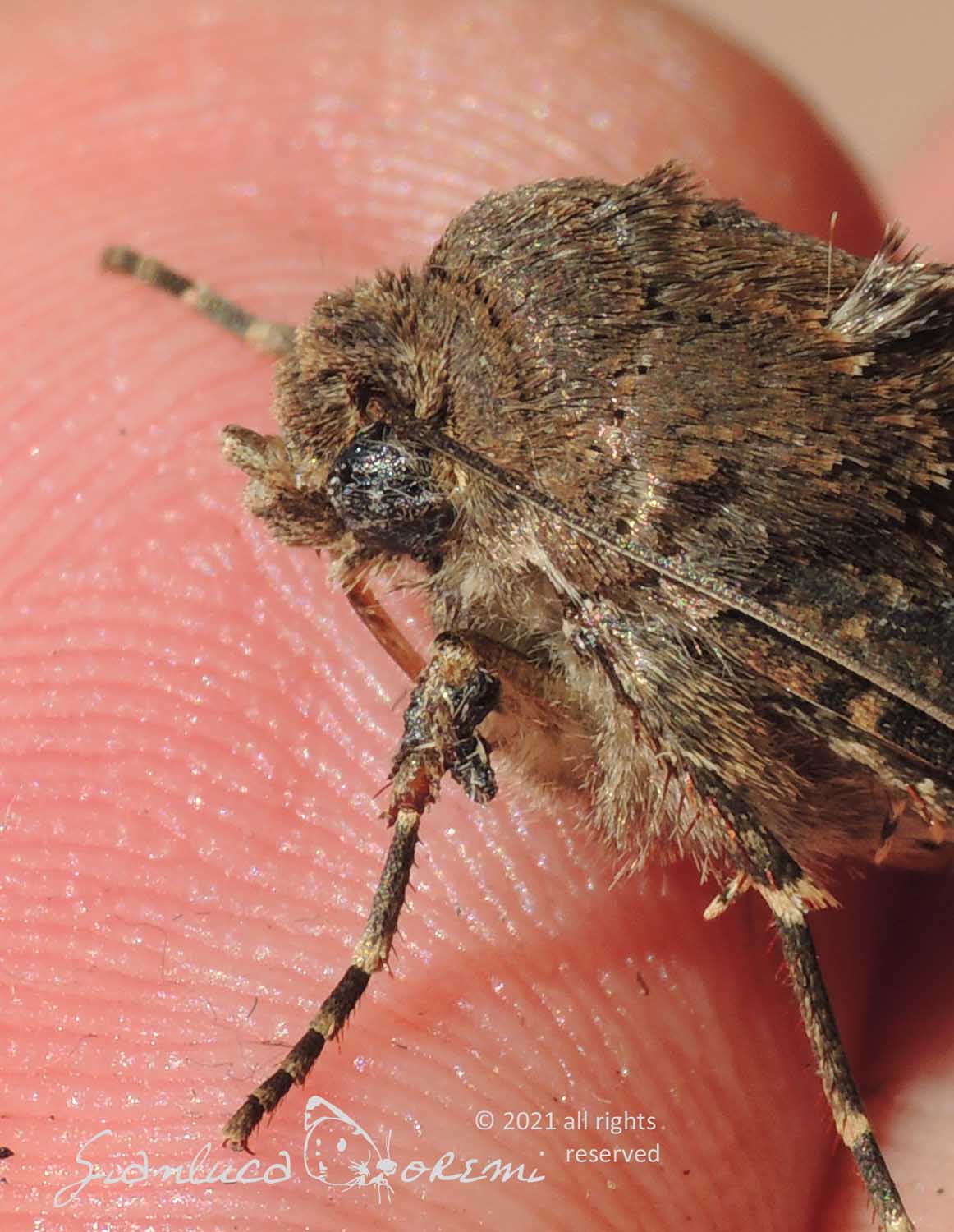


 EN
EN ITA
ITA
Social and publications